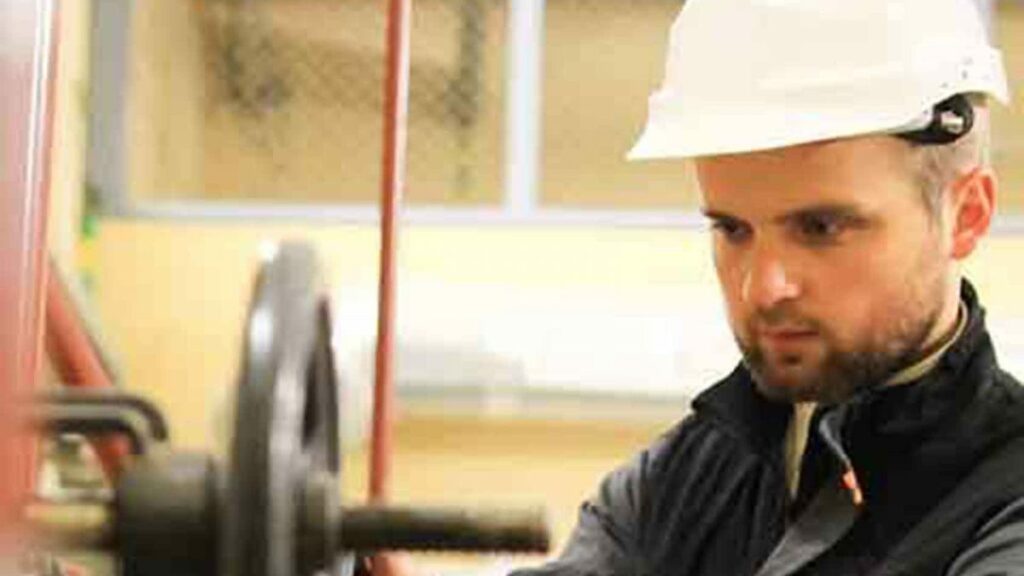Transcription
Breean: This is 360 Immersive! You can join us here whenever you want to learn more about how VR training technology is helping to make workforces safer. So, today we’re going to talk about the petroleum industry and how we can use virtual reality training to keep our workers safe. So, what are some things that we need to know about the petroleum industry? How dangerous of a job is it, and how can we make it safer?
David: Well, when we think about OSHA-10 training, we think about the construction industry. And yet, there’s over 9 million petroleum or oil and gas-related workers within the United States. So, it’s actually a huge footprint in a workforce that we can help engage using VR training. The other thing to think about is that those workers have anywhere from 3x to for some demographics over 7x the potential risk factor for injury and fatality than the common worker within the US. So, we’re dealing with a large workforce, doing what can amount to be a very dangerous job. It’s a job that you can get hurt, and you can actually be killed. And we want to look at how we can reduce injuries and fatalities. But, let’s face it, companies also have to look at the cost. Do you realize that one multiple trauma can cost $97,000.00? Even something as simple as a sprain can cost $17,000.00 and almost 60 days’ worth of lost work.
Breean: And then, of course, you are thinking of the impact that the lost time at work has on their family and their community as well.
David: So, how can Virtual Reality Training help? Well, if you think about it, as we’ve talked about here before, it’s literally a supplement to existing training. So, you’re not creating a whole course, you’re literally supplementing a traditional course to do a couple of things. One, increase engagement. You want to have more meaning within that training environment, and if you increase engagement, you increase retention. People retain more about what they’ve learned in staying safe and doing a good job on the job. But we also deal with a diverse workforce, and we’ve found that that diversity actually relates to VR in a kind of a universal way.
David: So, you’ve got more engagement, better retention, you’re engaging a more diverse workforce, and then you know the other thing that we’re dealing with today is that it’s difficult to find trained workers, you know?
Breean: Absolutely. Every industry is experiencing shortages.
David: That’s right. And so how do you get somebody coming into the industry up to speed? How do you get them to the point that they’re really contributing to your company?
Breean: And they’re doing their job safely too.
David: That’s right. So, when you look at VR, you have a number of advantages that we can use to engage the oil and gas industry. We can keep people safer. We can bring people up to speed. We can actually create an environment that employees generally feel like they’re getting a real benefit from working for a particular company. So, VR safety training, the oil and gas industry – it’s natural.
Breean: Thank you so much for joining us. If you have any questions or you have any thoughts or would like to start a conversation, please feel free to drop them in the comments below. And visit us again if you wanna learn more about how VR training technology is keeping people safe, and saving lives.
End of Presentation


